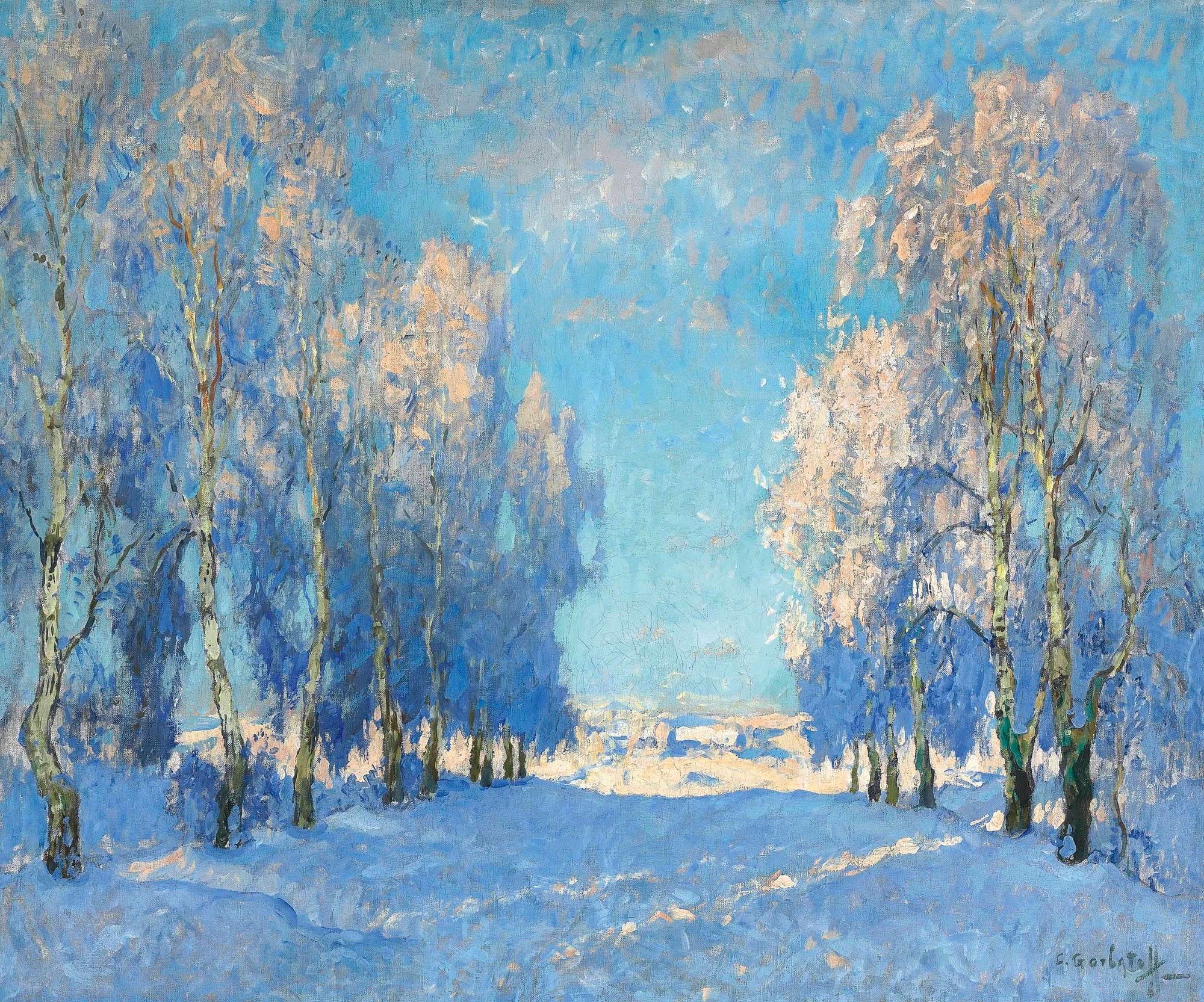Standard Portfolio Assessment of Risk
- Home Page 199

Blessing of the Animals
This content is accessible to paid subscribers. To view it please enter your password below or send mike@standardsmichigan.com a request for subscription details.
“Prestigious”
This content is accessible to paid subscribers. To view it please enter your password below or send mike@standardsmichigan.com a request for subscription details.
Ed. Ph.D Standard
This content is accessible to paid subscribers. To view it please enter your password below or send mike@standardsmichigan.com a request for subscription details.
Report: Revolving Door Usage
This content is accessible to paid subscribers. To view it please enter your password below or send mike@standardsmichigan.com a request for subscription details.
Gallery: Off-Campus Accommodation
This content is accessible to paid subscribers. To view it please enter your password below or send mike@standardsmichigan.com a request for subscription details.
“Congressional Government: A Study in American Politics”
This content is accessible to paid subscribers. To view it please enter your password below or send mike@standardsmichigan.com a request for subscription details.
Winter Week 2 | January 6 – 12
Monday | January 6 | Colloquium 16:00 UTC
Tuesday | January 7 | Colloquium 16:00 UTC
Wednesday | January 8 | Colloquium 16:00 UTC
Thursday | January 9 | Colloquium 16:00 UTC
Friday | January 10 | Colloquium 16:00 UTC
Saturday | January 11
Sunday | January 12
“Mass in B Minor”
Johann Sebastian Bach’s Mass in B Minor is respected as one of the masterpieces of Western classical music. The Mass, also known as the “Missa,” is a large-scale choral composition that Bach worked on intermittently throughout his life. Noteworthy:
The Mass showcases Bach’s compositional skill and mastery of counterpoint, harmony, and orchestration. Its intricate structure and complex polyphony demonstrate the pinnacle of Baroque musical achievement.
Written by a Protestant for the Catholic Church the Mass is a sacred choral work, and its text is derived from the Latin Mass liturgy. Bach’s setting of the Mass text reflects his deep religious devotion and a profound understanding of liturgical music. It has been described as a summation of his sacred music output.
One remarkable aspect of the Mass is its incorporation of various musical styles from Bach’s time. It brings together elements of Renaissance and Baroque music, combining diverse forms and techniques into a cohesive and unified whole.
Beyond its religious context, the Mass in B Minor is seen as a reflection of the human experience. Its emotional depth and spiritual resonance transcend religious boundaries, resonating with listeners on a profound level.
New update alert! The 2022 update to the Trademark Assignment Dataset is now available online. Find 1.29 million trademark assignments, involving 2.28 million unique trademark properties issued by the USPTO between March 1952 and January 2023: https://t.co/njrDAbSpwB pic.twitter.com/GkAXrHoQ9T
— USPTO (@uspto) July 13, 2023
Standards Michigan Group, LLC
2723 South State Street | Suite 150
Ann Arbor, MI 48104 USA
888-746-3670














